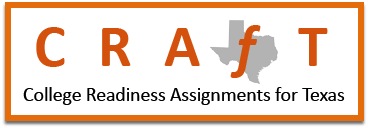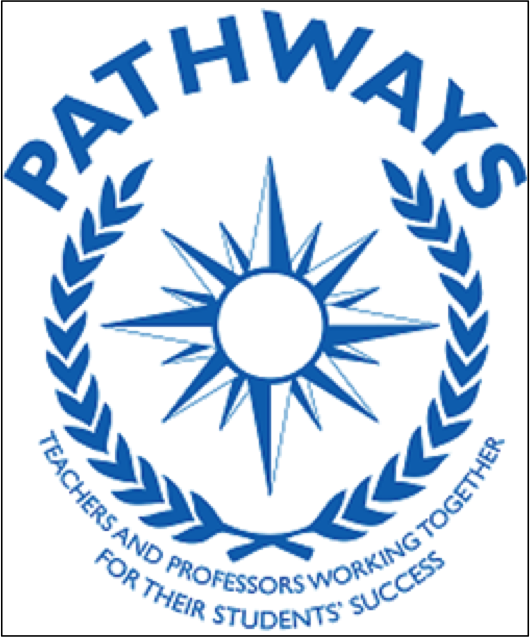VII. Functions
A. Recognition and representation of functions
1. Recognize whether a relation is a function.
a. Determine if a relationship given in tabular, graphic, symbolic, or verbal form defines a function.
2. Recognize and distinguish between different types of functions.
a. Recognize general forms of linear, quadratic, rational, absolute value, square root, exponential, and logarithmic functions, and other advanced forms such as trigonometric or power functions.
b. Recognize the distinction between a discrete and a continuous function.
c. Recognize a sequence as a function whose domain is a set of whole numbers.
d. Recognize computations (e.g., sums, products, GCF, LCM, mean, surface area) as evaluating a function with two or more inputs and one output.
e. Recognize a plane geometric transformation as evaluating a function with two inputs and two outputs.
B. Analysis of functions
1. Understand and analyze features of a function.
a. Understand functional notation and evaluate a function at a specified point in its domain.
b. Determine the domain and range of a function defined by a table of values, graph, symbols, or verbal description.
c. Approximate or determine the x- and y-values of a function given in tabular, graphical, symbolic, or verbal form.
d. Determine and explain if a function, defined verbally or given in tabular, graphical, or symbolic form, is one-to-one.
2. Algebraically construct and analyze new functions.
a. Determine the domain and range of a combination or composition of two functions.
b. Formulate the composition of two functions.
c. Apply basic transformations to parent functions [e.g., af(x), f(x)+b, f(x+c)] and interpret the results verbally and graphically.
d. Analyze the effects of parameter changes of basic functions, [e.g., f(x)=mx+b, where m and/or b changes].
e. Analyze and apply piece-wise defined functions (e.g., step functions).
f. Determine the inverse function of a given function in tabular, symbolic, or graphical form, if it exists (e.g., the inverse of an exponential function is a logarithmic function).
g. Use properties of inverse functions to solve problems (e.g., inverse trigonometric functions to find angles in a right triangle).
C. Model real world situations with functions
1. Apply known function models.
a. Apply a linear model for a situation represented by a constant rate of change.
b. Apply given quadratic models to solve problems (e.g., area, velocity, projectile motion).
c. Apply exponential models (e.g., compound interest, growth and decay models) to solve problems.
d. Apply proportional or inverse variation models to solve problems.
e. Recognize and solve problems that can be modeled using a system of two equations in two variables, such as mixture problems.
2. Develop a function to model a situation.
a. Analyze a situation algebraically or graphically and determine if the relationship suggests a linear trend.
b. Use technology to determine a linear regression model for a given situation.
c. Identify real world situations that can be modeled by functions (e.g., situations in science, business, economics).


 Show Printable Version
Show Printable Version



